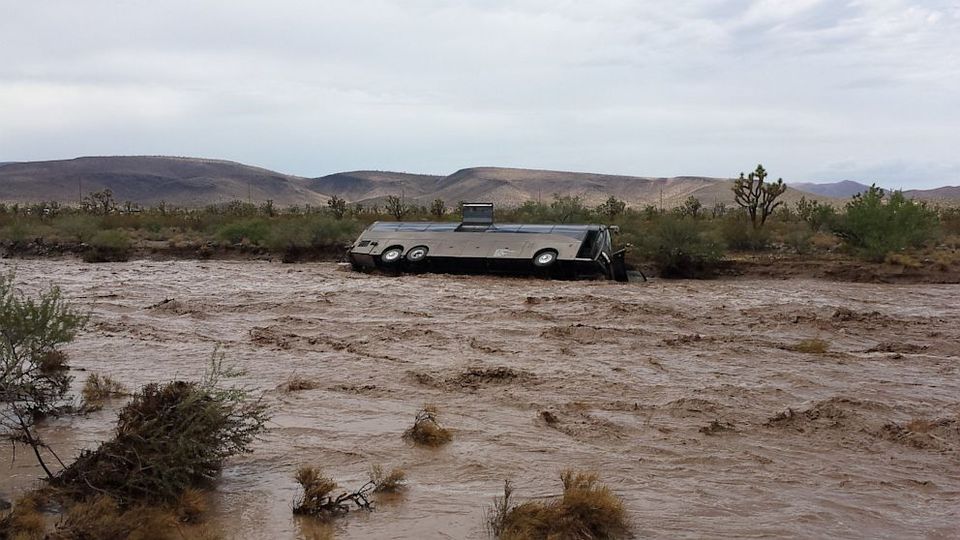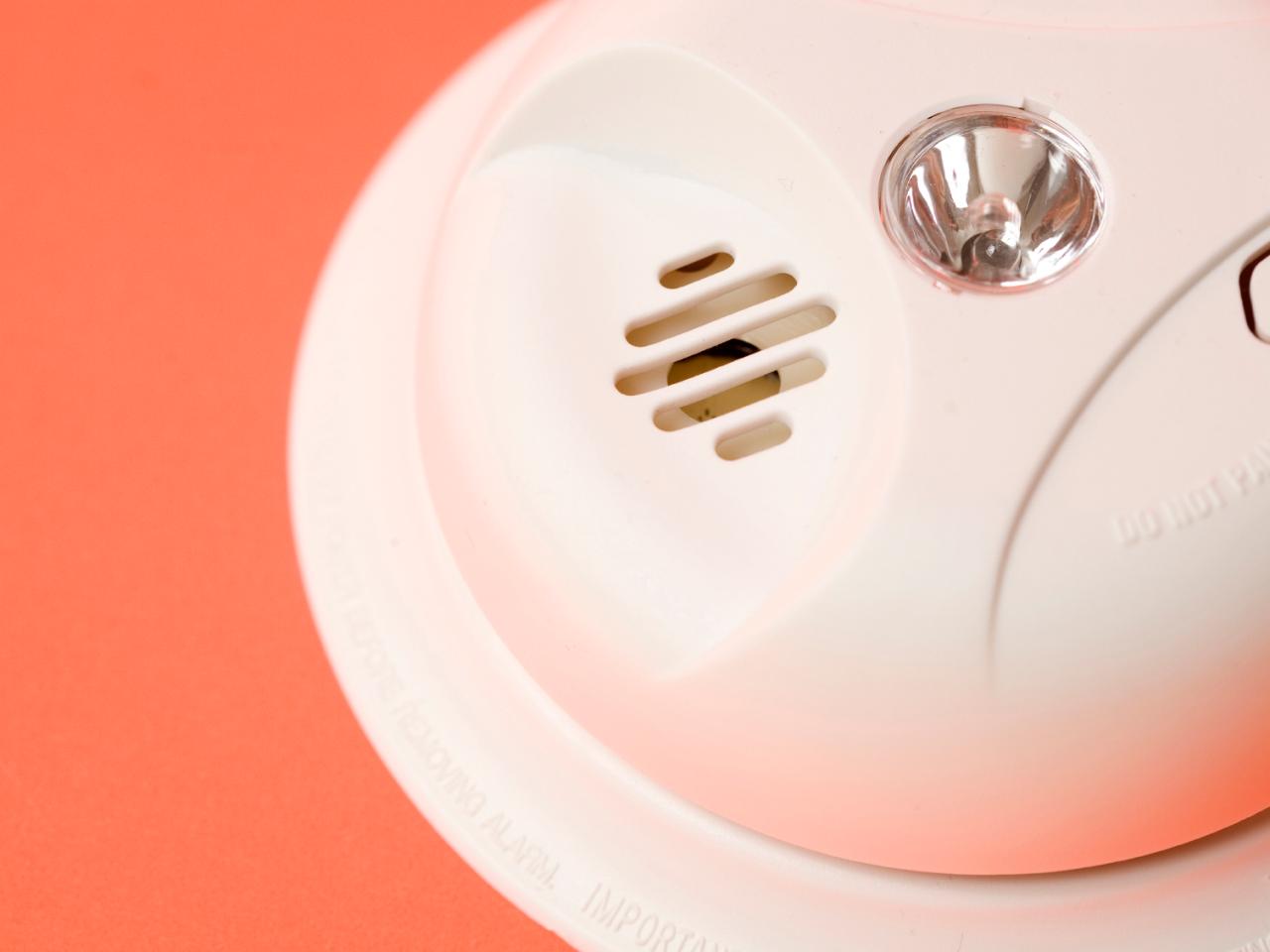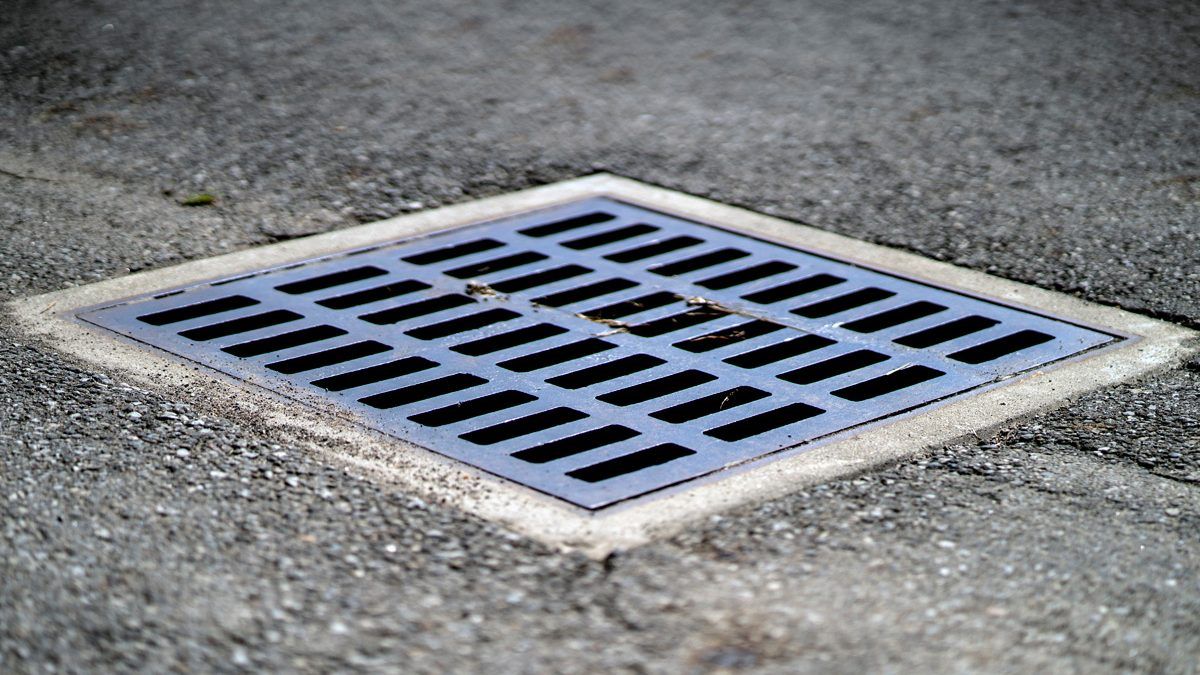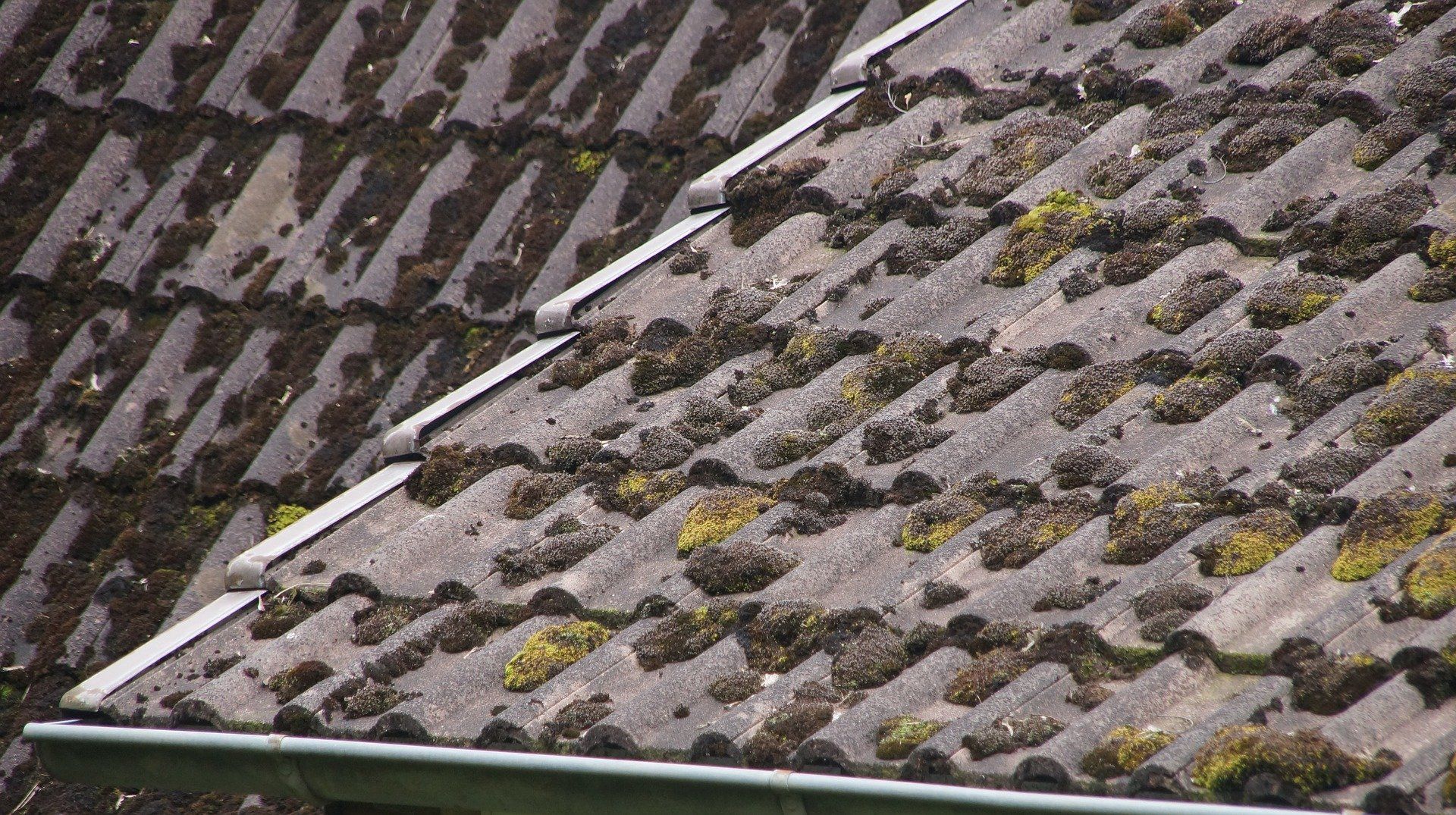Being aware and ready for flash floods!
Sherrie Howe • November 18, 2020
Are you ready and do you know how to react before, during and after a flash flood in Lake Havasu?

Being ready for a water emergency will save you a lot of distress if you have a flash flood. A flash flood happens very quickly and there isn’t always time to prepare. Flash floods happen quickly and often in dry environments like AZ. The ground is hard from the lack of regular rains and the consistent extreme dry heat. When a lot of rain water comes down fast, it has nowhere to go because the hard ground can’t absorb it fast enough.
These are things to prepare for ahead of a flash flood to ease the burden of recovery.
Before the event
- Know what types of flood risks there are in the area where you live
- If your community has a flood/flash flood warning system, sign up for it
- Always be prepared to move to higher ground if you need to leave immediately
- If you can, purchase a battery-operated radio to stay up to date on the changing conditions.
- Make a family communication plan and emergency kit
- Waterproof all of your important documents and create a digital copy stored off premises with strong password protection
- Make sure to purchase or renew a flood insurance policy. It takes 30 days prior to a flooding event to be active, so plan accordingly
During the event
- Always evacuate if told to do so and only drive where you are told to
- It only takes 6 inches of moving water to knock you over. If you can, move to where water is not moving
- Be aware of canyons, drainage ditches and other areas prone to flooding. Flash floods can happen fast in these areas
- Do not drive in flooded areas, especially if you don’t know how deep the water is. If needed, abandon your vehicle and get to higher ground. Just as it only takes 6 inches of water to knock you down, it only takes 1 foot of water to carry your car away
- If you become trapped in a building, move as high up as you can but not in a closed area such as an attic. Only go to the roof if necessary
After the event
- Use your areas alert system to get updated information
- Do not drive unless it’s an emergency
- Listen for official instructions on when it may be safe to return home
- Stay away from emergency workers, give them the room they need to help those in need
- Stay aware of downed power lines to avoid electrocution.
- Use caution when entering buildings that may contain hidden dangers such as weak foundations
Stay safe during a flash flood. Be prepared!

Throughout our world, there are many different types and ways of describing molds. In a typical room, there are 500-700 mold spores on average, and they are microscopic and all over. Living in an environment with mold spores or colonies can have adverse effects on one's health. Mold is relatively common, though some species, such as orange colonies, are less well-known.










